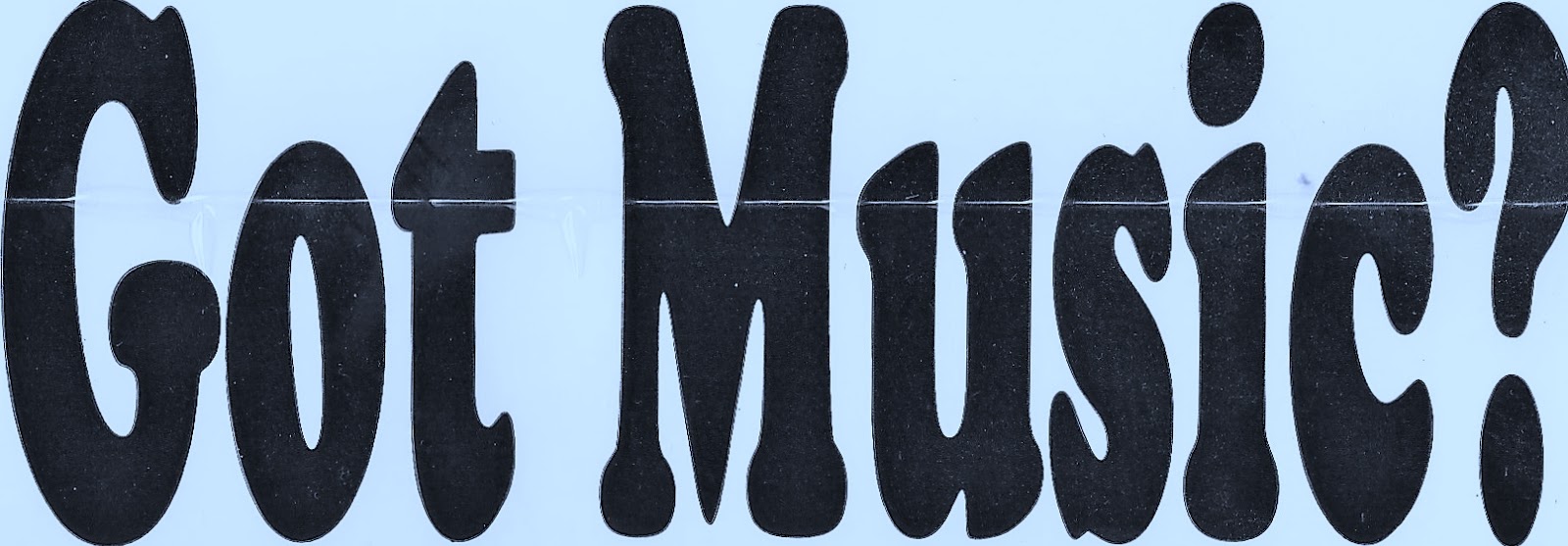 |
| Heidi Goldman heading out to teach |
Donned in high-heels and haute couture, I come equipped with visually dynamic teaching tools that help kids learn and giggle. And now in the age of iPhones and iPods, I bring my iPad, adding another dimension to my individualized lessons.
 |
| Finger Painting App ~ Drawing Music Symbols |
When I began teaching, I was unable to find
innovative teaching materials in music stores.
My goal was to teach three year old children how to read music. With felt and scissors, I designed The Name Game, an over-sized grand staff
and Voila! PureGold Teaching Tools,
Inc., a boutique publishing house catering to students age three to adult, was
born.
 |
| Heidi Goldman with The Name Game ~ PureGold Teaching Tools |
Determined to inspire my students, I developed
unique teaching tools like, Flashy Splashy Music
Cards.
 |
| Flashy Splashy Music Cards ~ PureGold Teaching Tools |
Imagine trying to
teach 36 music symbols to a five-year old. Since each flashcard has a funny
rhyming verse on the reverse side: “Natural
sign is a symbol that’s cool…No more sharp or flat, Baby…That’s the rule!” the child
is amused and engaged.
The giggles continue with Italian
Terms for the Musically Inclined: “Playing fast is playing
presto…like chasing your brother when he’s a pesto!”
 |
| Italian Terms for the Musically Inclined! ~ PureGold Teaching Tools |
 |
| Heidi Goldman |
Whenever I’m at a social event, people say two things: You don’t look like a piano teacher
(naturally I leave the orthopedic shoes at home) and I wish my mother didn’t
allow me to quit taking lessons. I
remember telling my mother every
Saturday morning before my lesson that I was quitting. She’d nod and say, “Whining you’ll quit! Piano is forever!”
Today more importance is placed on sports, but
whenever my students are injured, they still have the piano to enjoy. It’s a gift that keeps on giving, and a skill
they’ll have the rest of their lives. The
advantages to learning the piano are infinite:
“After learning eighth, quarter, half and whole
notes, second and third graders scored 100% higher than their peers who were
taught fractions using traditional methods.” (Neurological Research, March 15, 1999)
“U. of California, Irvine found that after six
months of piano lessons, preschoolers performed 34% higher on spatial-temporal
testing than those who received no training and those who received computer
training.” (Neurological Research,
February 28, 1997.)
“College –bound
seniors who’d had school music experience scored 52 points higher on the verbal
portion of their SATs and 37 points higher in math than those without arts
instruction. (Profiles of SAT and Achievement Test takers, The College Board, 1998)
Just as there is a positive correlation for children
who learn an instrument, there are many benefits to studying music as an adult
and senior citizen. In a youth-driven
society, baby boomers are continually trying to stay fit. The media bombards them with wrinkle creams,
trying to make them look thirty years younger.
If I could promise a type of Utopia, where being
older has physical benefits, would you investigate? What if I were to tell you that aside from
exercise, eating right and taking vitamins, you can increase your brain’s
plasticity by learning an instrument?
Think past triceps and biceps.
Botox and fillers.
“Musical activity throughout life may serve as a
challenging cognitive exercise, making your brain fitter and more capable of accommodating
the challenges of aging,” according to researcher Brenda Hanna-Pladdy, PhD, of
the University of Kansas Medical Center, in a news release.
Many studies endorse music. “Playing music reduces stress and has been
shown to reverse the body’s response to stress at the DNA-level (Dr. Barry
Bittman.)
“Playing music “significantly lowered the heart
rates and calmed and regulated the blood pressures and respiration rates of
patients who had undergone surgery." (Bryan Memorial Hospital in Lincoln, NE and
St. Mary’s Hospital in Mequon, WI)
And for those of you who have friends or family
suffering with Parkinson’s disease or stroke, “Rhythmic cues can help retrain
the brain after a stroke or other neurological impairment,” according to
Michael Thaurt, director of Colorado State University’s Center of Biomedical
Research in Music.
And interesting to note that “playing music
increases human growth hormone (HgH) production among active older Americans…those
in the test group who took group keyboard lessons showed significantly higher
levels of HgH than the control group of people who did not make music.”
(University of Miami)
People always say it’s easier to learn something new
as a child. There is some truth to that
theory, but baby boomers and seniors are perfect candidates for learning piano.
They are patient, self-disciplined and understand the importance of practicing.
Studying music trains the memory, helps keep the
older student focused and gives a sense of accomplishment in place of what once
was work related projects. Playing the piano
is a great stress reliever but the best part is that it’s fun.
Retirees embrace learning and look forward to an
exciting retirement. They want to
stimulate the brain, stay up-to-date on current trends including technology and
because they are retired, they finally have time to nurture their desires.
You’re never too old to learn to play the
piano. Since Grandma Moses began
painting in her eighties, there’s time for you to begin a musical journey of a
lifetime.
So, when you see:
EVERY GOOD BOY DOES FINE and understand this is one way of reading Treble
Clef line notes, you can thank your piano teacher. But if you’re clueless, maybe it’s time for
you and your family to begin lessons and a lifetime of enjoyment.
 |
| ISN'T IT TIME THAT YOU DID? |
No comments:
Post a Comment